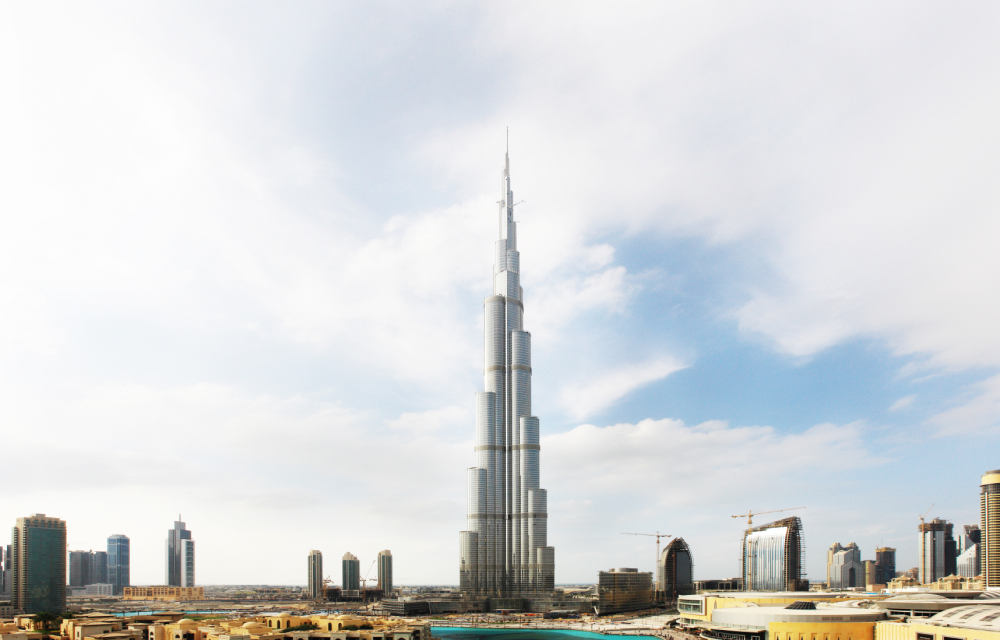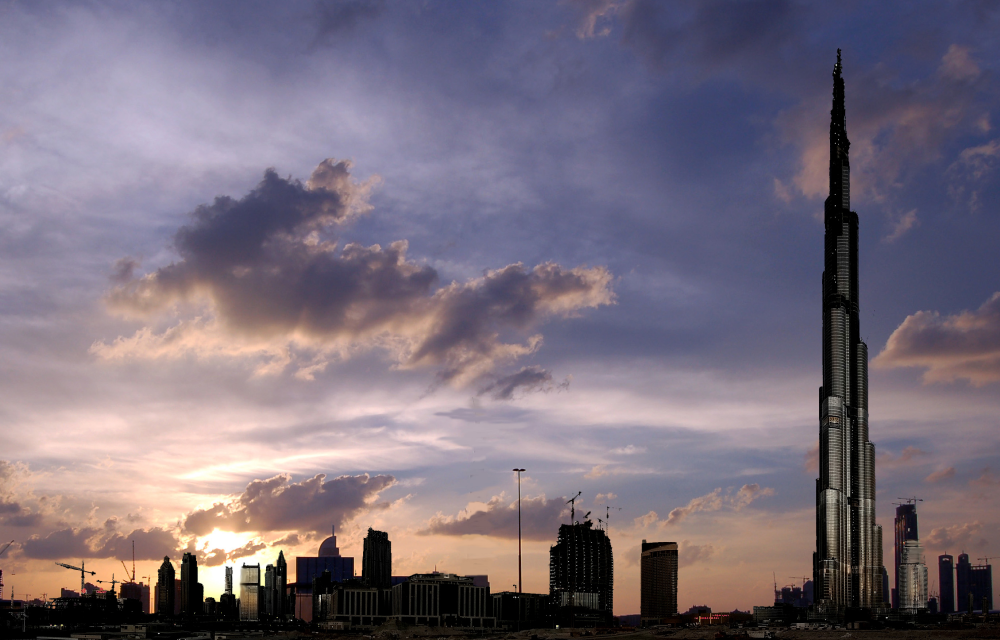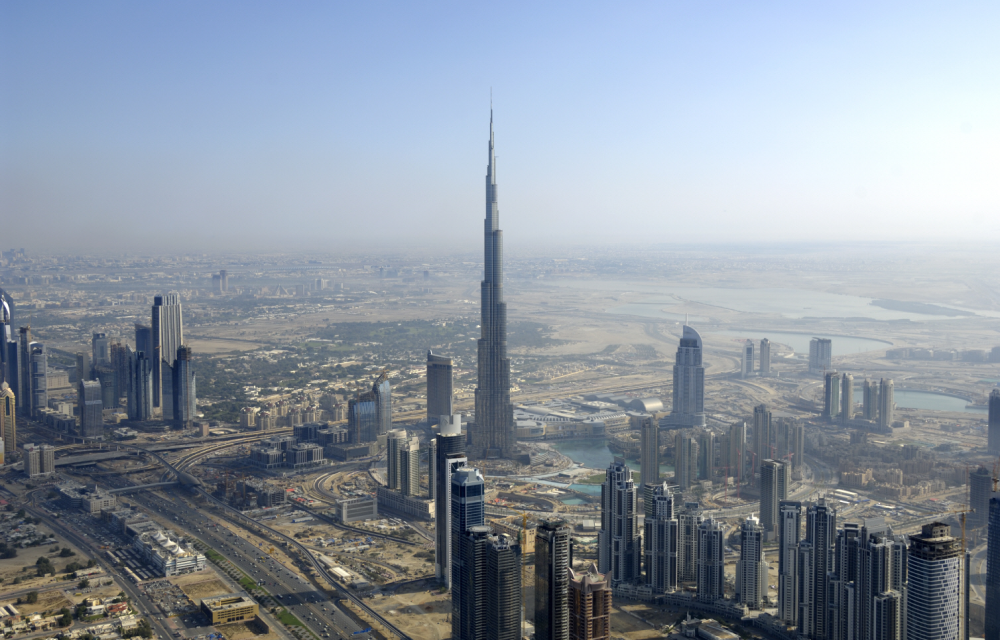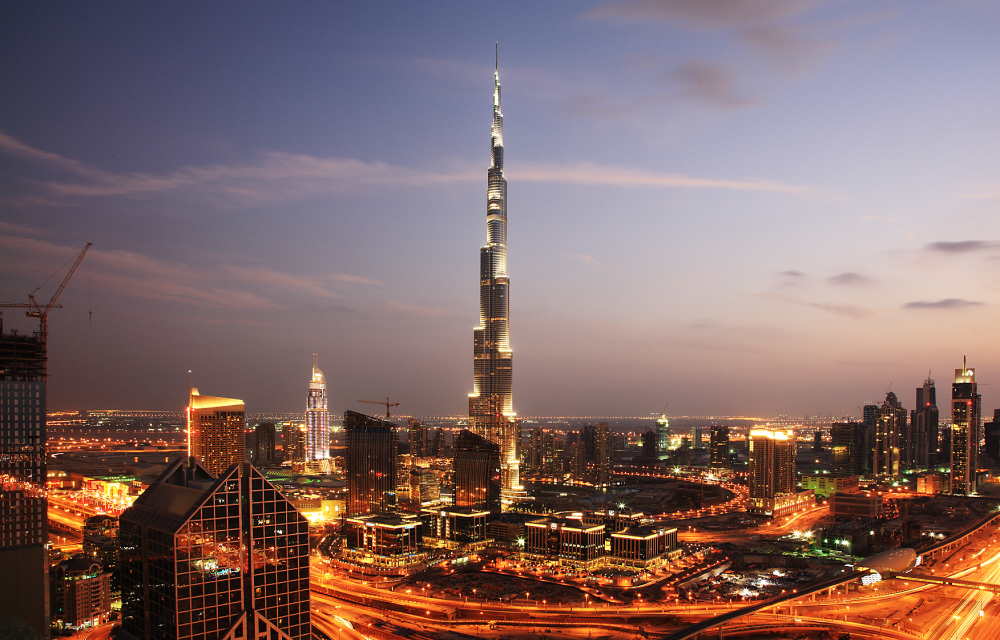UAE Burj Khalifa
Skyscrapers Overseas
2005.02.01 ~ 2010.11.01
Feature: 163 Stories, 828 m
Decription: Currently the world’s tallest building (828 meters)
[Highrise/Building]
The top of the world, thats we, at Samsung C&T, aim to reach. We are creating new lscape skyline with our unrelenting pursuit of excellence.
The Pyramid of Khufu (Egypt) is 147 meters high. The Ulm Cathedral (Germany) with its pointed main steeple is 161 meters tall. The height of the New York Empire State Building (U.S.) is 381 meters (102 floors). The World Trade Center was 417 meters tall (110 floors). Chicago Willis Tower (formerly the Sears Tower) is 443 meters high(110 floors) is ranked 4th tallest in the world. Petronas Twin Towers (Malaysia) are 452 meters high (88 floors) are ranked 3rd in the world. The Taipei 101 (Taiwan) is 508 meters tall (101 floors) 2nd tallest in the world. Burj Khalifa is 828 meters tall (163 floors) by far the tallest in the world.
- Location: Dubai, UAE
- Use : Hotels, Residences Offices
Hotel - 37 stories
Apartment - 63 stories
Office - 40 stories
Machine room - 16stories
Communication room - 4 stories
Spire/Pinnacle : 142 m
The Tallest Building in the world
(2010 Guinness World Record)
Core Expertise in High-rise Technology
-
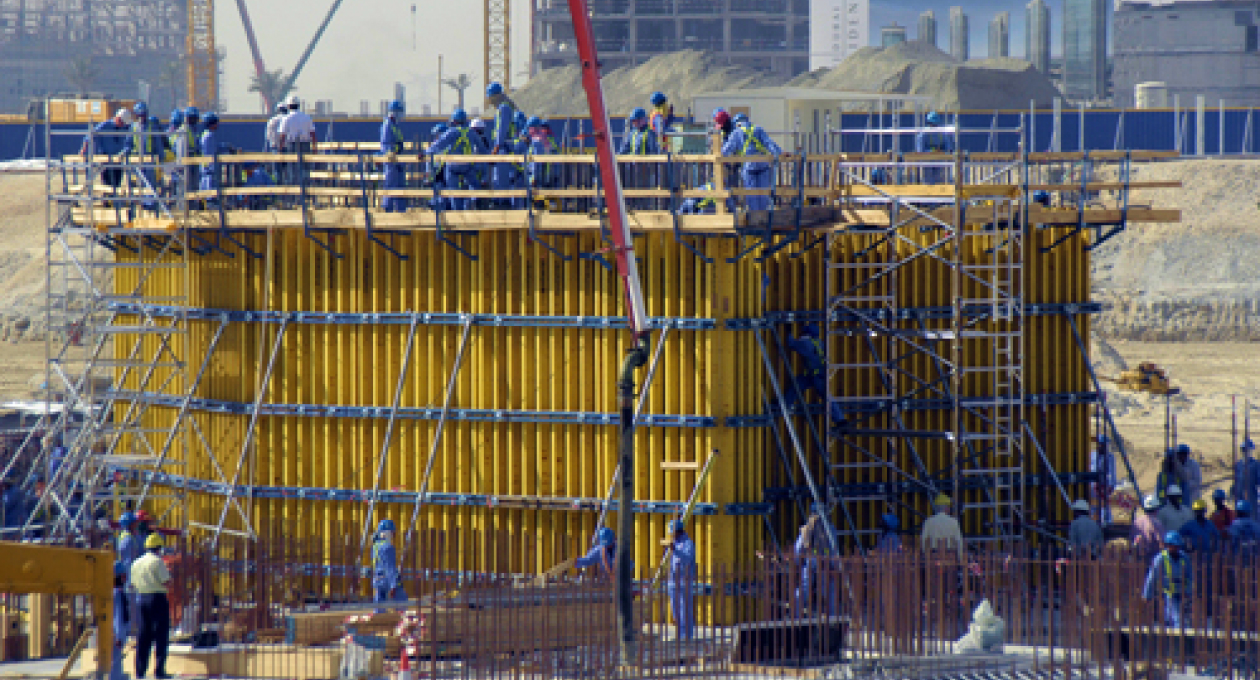
- CORE WALL Formwork System
- This innovative system employs self-mounted hydraulic jacks to elevate the formwork after concrete placement, facilitating continuous concrete pouring up to the highest floor, which requires meticulous and faultless advance preparations.
-
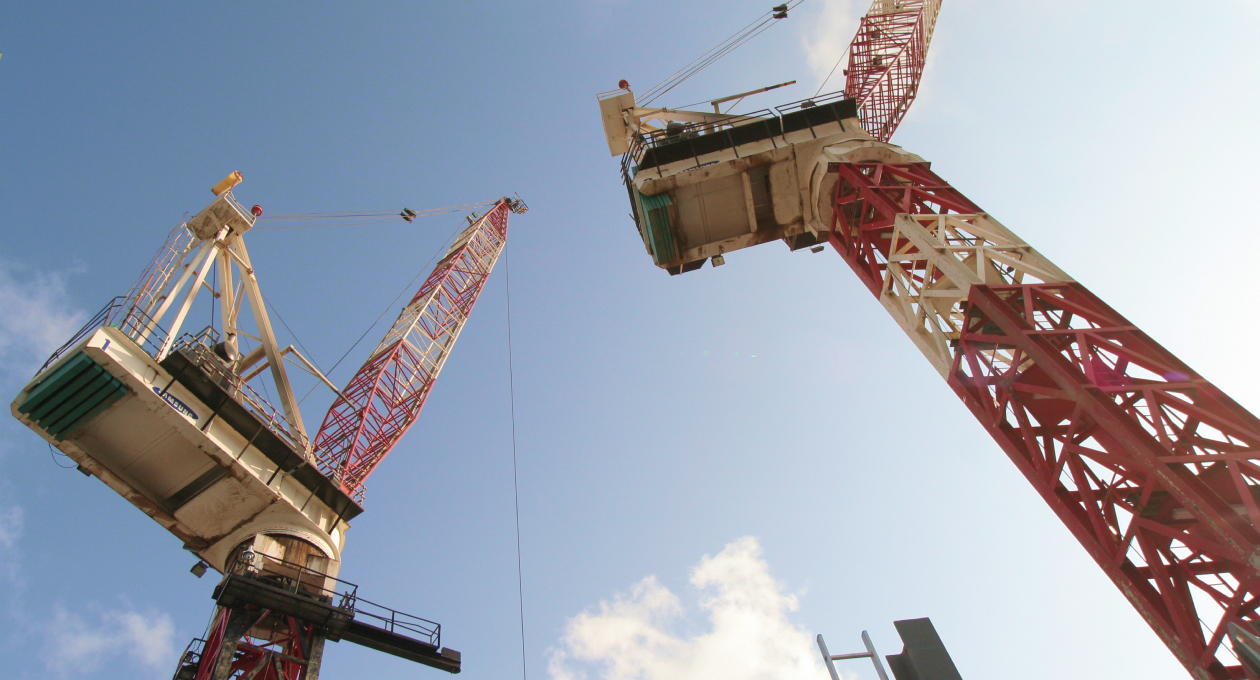
- High-rise Lifting Management
- An essential component of high-rise construction, this technology involves the strategic planning and coordination of massive quantities of materials and personnel using tower cranes and temporary elevators. Samsung C&T's E&C Group implemented the logistics management system pioneered in Tower Palace.
-
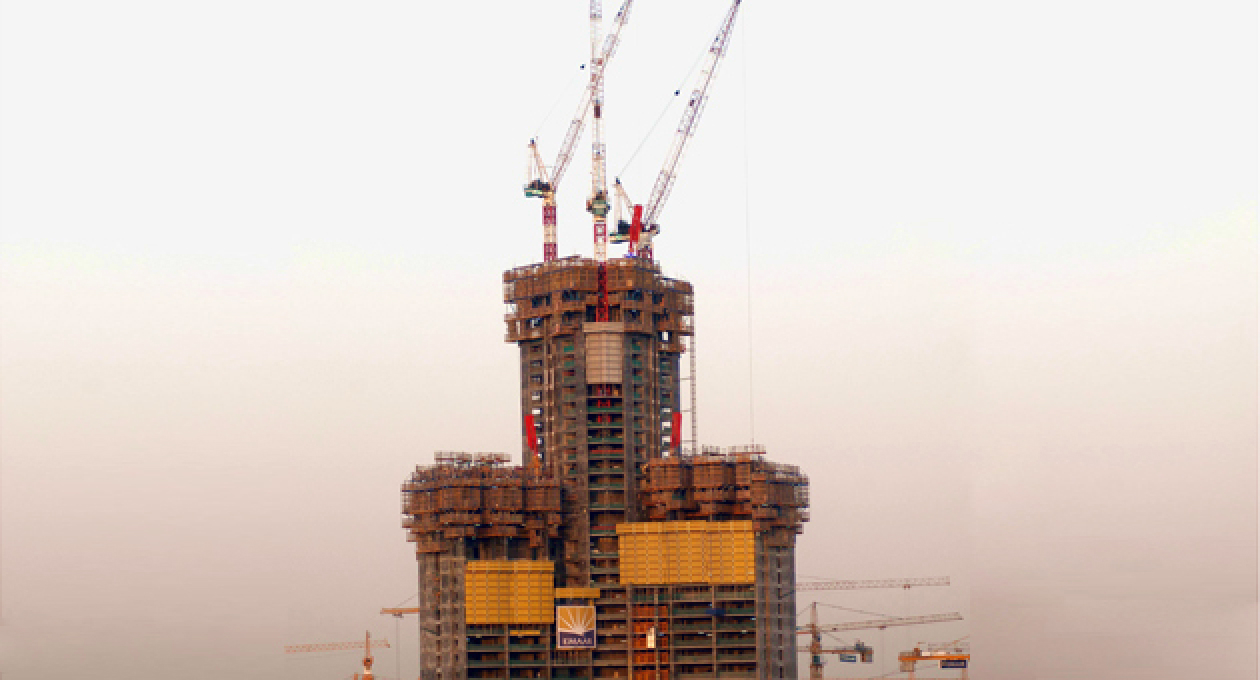
- Rebar Pre-assembly Method
- This core technology of the “3-day-per-floor process” involves assembling the rebar for columns and retaining walls at ground level before using a tower crane to hoist and install it in a single maneuver.
-
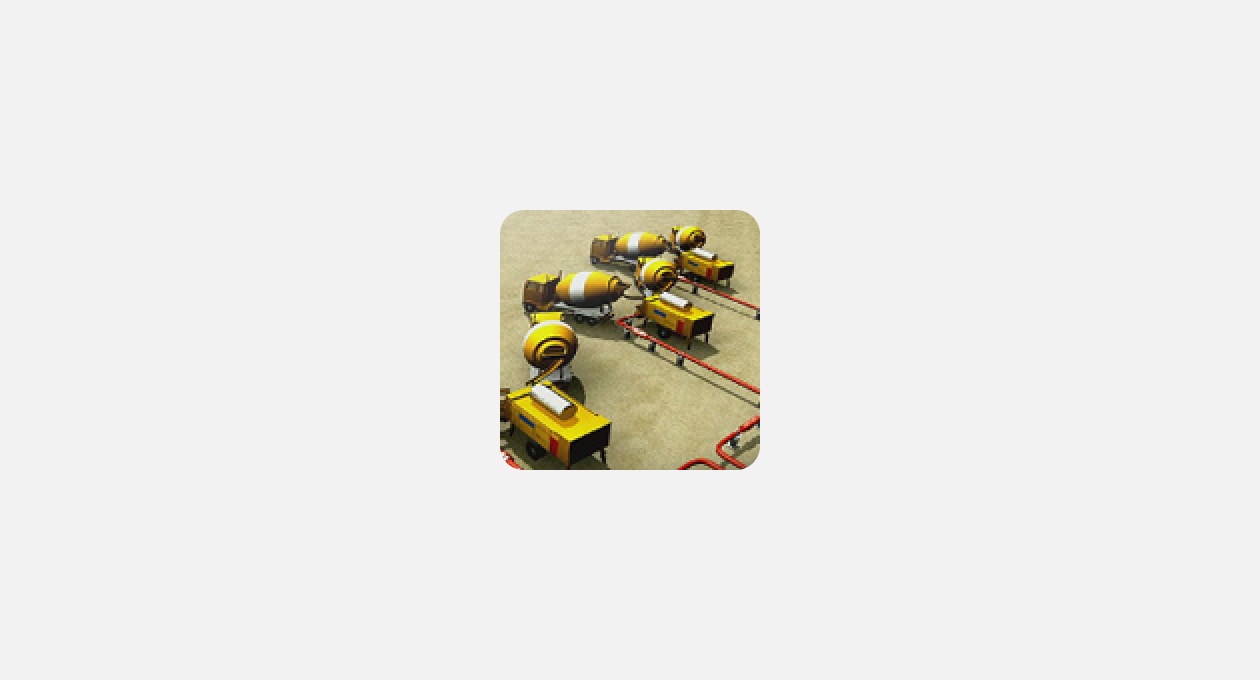
- High-strength Concrete
- Incorporating world-class concrete with an exceptional strength level of 800 kg/cm², this technology harnesses early strength development, hydration heat management, and mix design to pump concrete to unprecedented heights in order to achieve the 3-day-per-floor process.
-
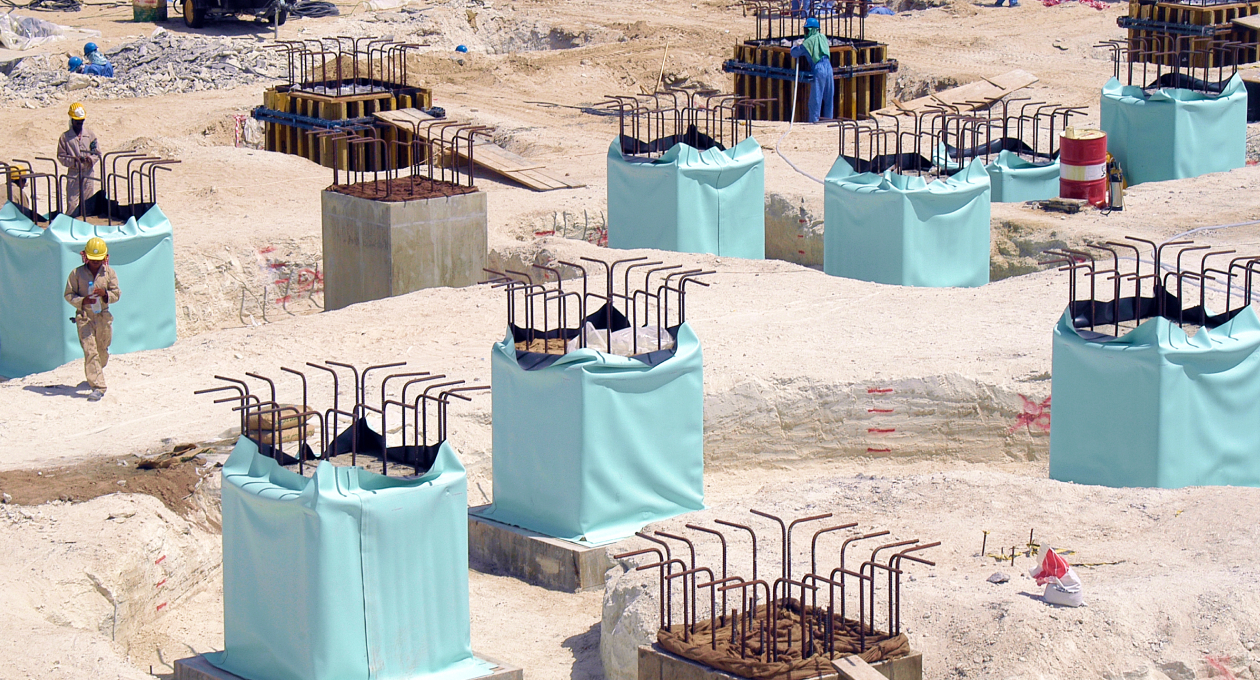
- Load Distribution System
- During groundwork, 192 concrete piles with a diameter of 1.5 meters and a depth of 50 meters were installed to evenly disperse the load.
-
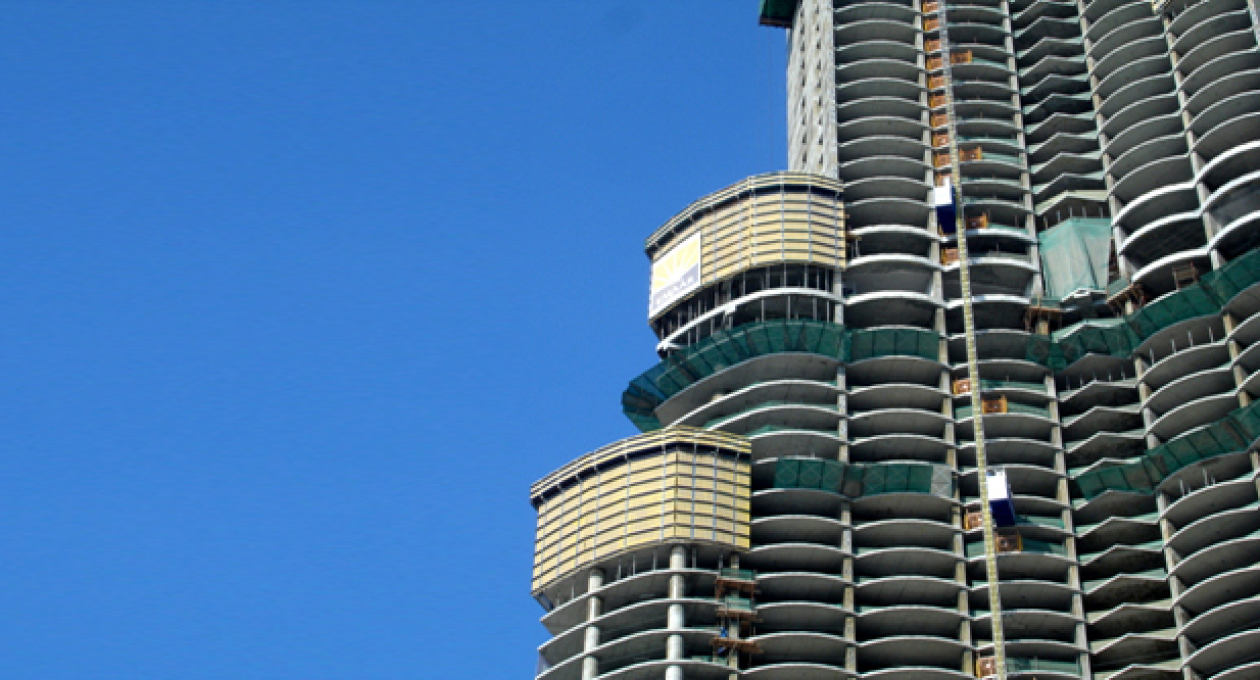
- Outrigger Floors
- Strategically placed approximately every 30 stories, the specially designed robust floors prevent building deformation caused by wind. The design was inspired by the wind-adaptable nodes of bamboo.
-
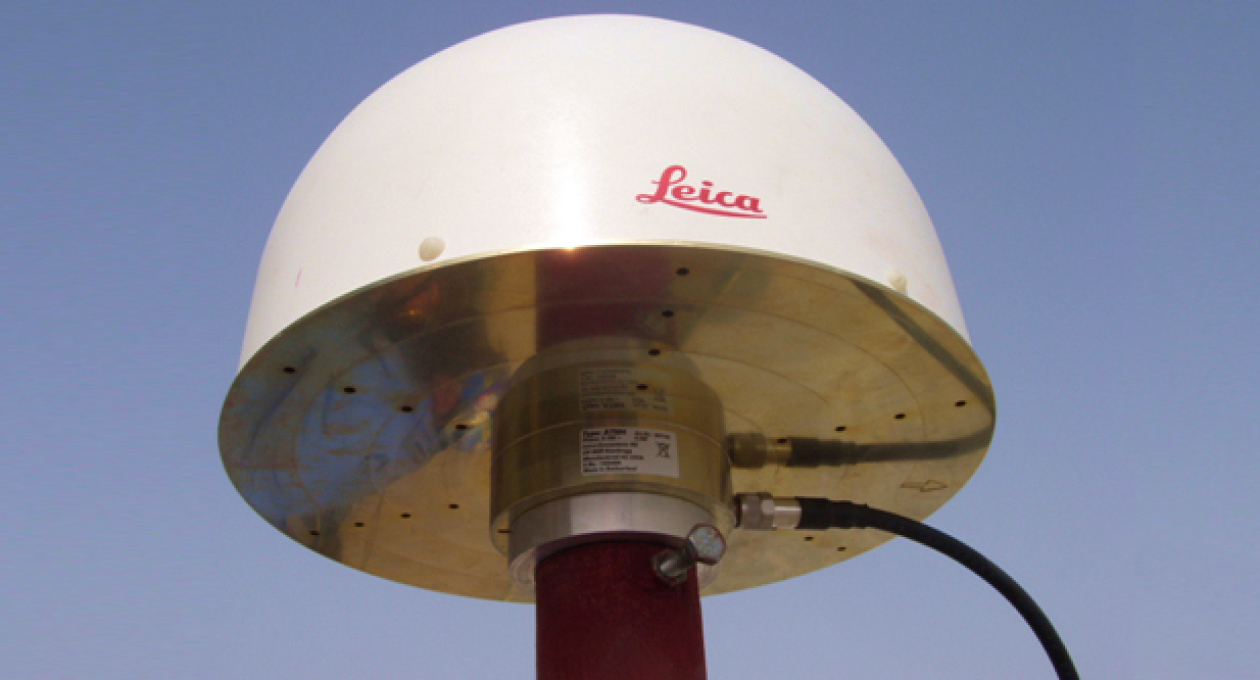
- GPS Surveying System
- Given that a 1-degree deviation at ground level can result in a 14-meter discrepancy at 800 meters above ground, a satellite GPS surveying system utilizing three artificial satellites was employed for precise measurement.
-
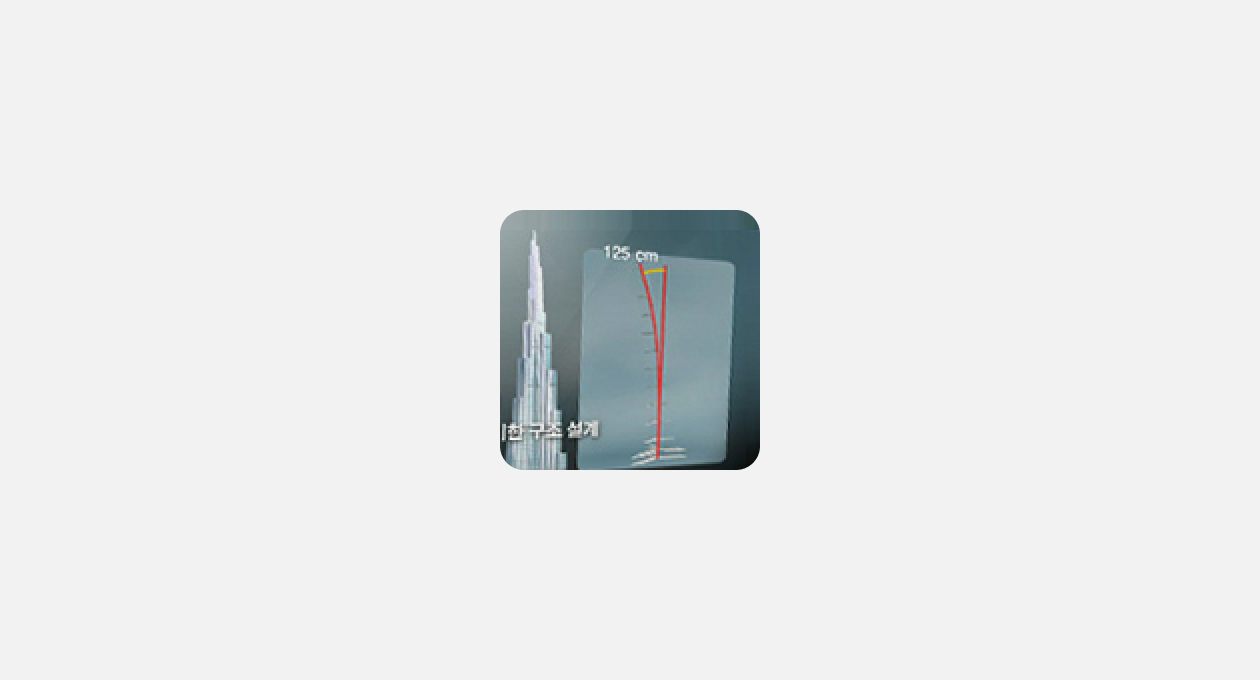
- Wind-resistant and Earthquake-resistant Design
- Inspired by and embodying a “flower in the desert,” the design incorporates a spiraling pattern and stepwise reduction of 16 areas to withstand wind speeds of up to 40 meters per second and create turbulence to reduce wind impact.
-
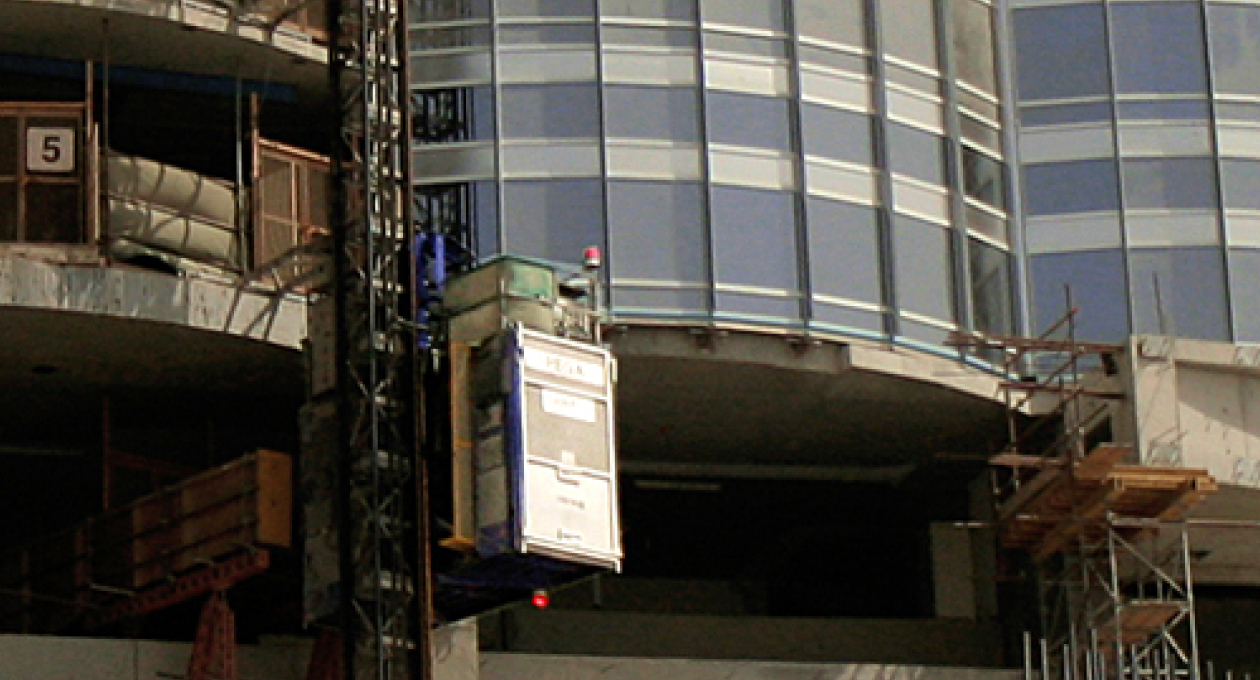
- Settlement Measurement Technology
- To accommodate the anticipated 65-centimeter drop upon completion due to the total load of the Burj Khalifa, each floor was designed and constructed 2-4 mm higher to minimize any damage resulting from settlement.
